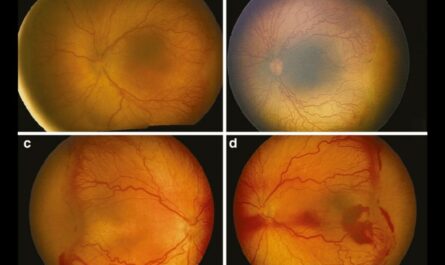A recent study published in the American Journal of Public Health has shed light on racial inequities in the administration of naloxone during fatal overdose incidents. Naloxone, a lifesaving medication used to reverse opioid overdoses, is increasingly being recognized as a crucial tool in reducing overdose deaths. However, this analysis reveals concerning disparities in its use.
The study, which examined data from the National Vital Statistics Nerve Monitoring System, found that between 2015 and 2019, Black individuals were less likely to receive naloxone during fatal overdoses compared to their White counterparts. Specifically, the study found that only 29.4% of Black individuals received naloxone during a fatal overdose, compared to 36.2% of White individuals.
Furthermore, the study also found that the gap in naloxone administration between racial groups widened over time. In 2015, there was no significant difference in the administration of naloxone between Black and White individuals. However, by 2019, the gap had grown to 6.8 percentage points.
These findings are particularly alarming given the disproportionate impact of the opioid epidemic on Black communities. According to the Centers for Disease Control and Prevention (CDC), Black individuals are more likely to die from an opioid overdose than any other racial or ethnic group.
The reasons for these disparities are complex and multifaceted. They may include differences in access to healthcare, stigma surrounding substance use, and biases in emergency medical response. Regardless of the causes, the study’s authors call for urgent action to address these disparities and ensure that all individuals, regardless of race, receive the lifesaving care they need during an overdose.
The study’s findings underscore the need for continued efforts to address racial inequities in healthcare and substance use treatment. It also highlights the importance of increasing public awareness of naloxone and its potential to save lives. By working together to address these disparities, we can help ensure that everyone has an equal chance at recovery from opioid addiction.
*Note:
1. Source: Coherent Market Insights, Public Source, Desk Research
2. We have leveraged AI tools to mine information and compile it.




